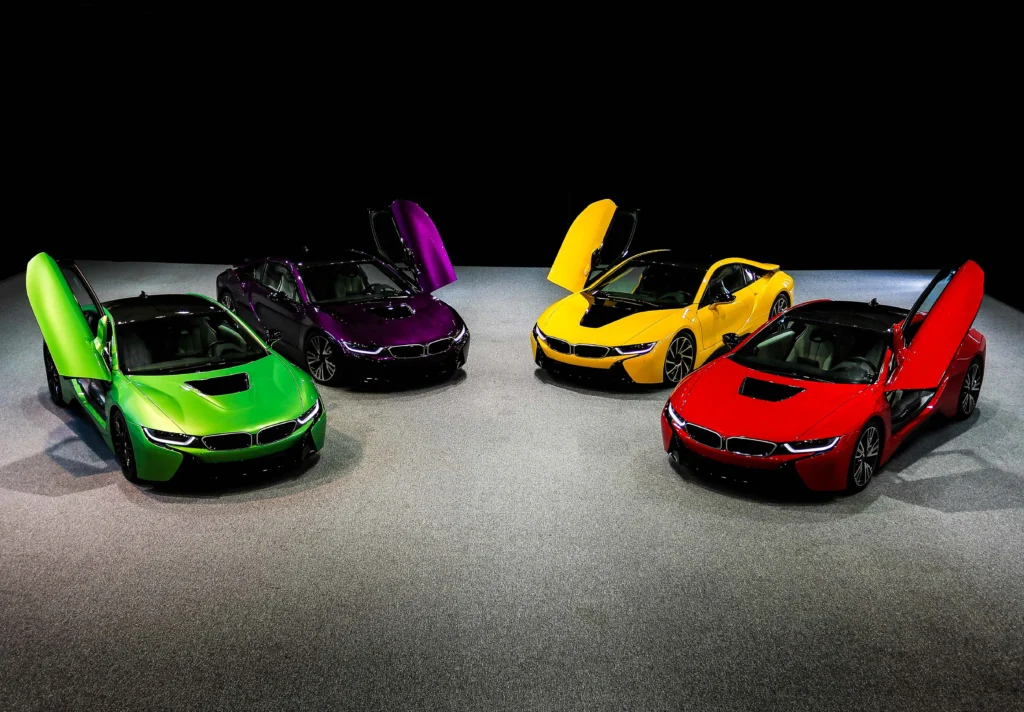Can ₹10,000 off your next electric scooter change India’s mobility

India’s Bold EV Gambit: Subsidies Now, Sustainability Later
In a strategic move that promises to reshape India’s urban mobility landscape, the government’s
PM Electric Drive Revolution in Innovative Vehicle Enhancement (PM E-DRIVE) scheme is gaining
significant traction among consumers and manufacturers alike. With a substantial allocation of
₹10,900 crore over two years, this initiative represents one of the most ambitious electric vehicle
promotion programs in emerging markets today.
“The transition to electric mobility is no longer just an environmental necessity; it’s becoming an
economic imperative,” notes industry analyst Rajiv Sharma. “PM E-DRIVE addresses two critical
barriers to adoption: upfront cost and subsidy delivery mechanisms.”
Breaking Down the Numbers: What Buyers Stand to Gain
For prospective electric two-wheeler buyers, the scheme offers immediate financial relief. In
fiscal year 2024-25, consumers can avail a subsidy of ₹5,000 per kilowatt-hour (kWh) of battery
capacity, with a maximum benefit of ₹10,000 per vehicle.
However, potential buyers should note that this incentive will decrease by half in the next fiscal
year (2025-26), providing just ₹2,500 per kWh with a cap of ₹5,000 per vehicle.
Industry experts suggest this graduated approach aims to kickstart adoption while gradually
weaning the market off subsidies—a strategy that has proven effective in other markets.
Beyond Two-Wheelers: A Comprehensive Approach
While electric two-wheelers (e2Ws) form the centerpiece of the initiative, the scheme extends its
support to:
- 24.79 lakh electric two-wheelers
- 3.16 lakh electric three-wheelers
- 14,028 electric buses
This multi-vehicle approach underscores the government’s commitment to electrifying both
personal and public transportation systems simultaneously.
The Game-Changer: Aadhaar-Authenticated E-Vouchers
Perhaps the most innovative aspect of PM E-DRIVE is its implementation mechanism. The
Ministry of Heavy Industries has introduced an Aadhaar-authenticated e-voucher system that
promises to eliminate the delays and uncertainties that plagued previous subsidy programs.
“The e-voucher system is revolutionary in its simplicity,” explains Priya Menon, CEO of an electric
mobility startup. “When a customer purchases an eligible EV, they receive a digital voucher
almost immediately. This can be presented to dealers, allowing for on-the-spot subsidy
application.”
This streamlined process addresses a major pain point in India’s previous FAME scheme, where
manufacturers and dealers often waited months for subsidy reimbursements, sometimes passing
these delays onto consumers.
Market Impact: Early Signs Point to Success
Early market indicators suggest the program is already influencing consumer behavior. Several
leading electric two-wheeler manufacturers report a 20-30% surge in inquiries since the scheme’s
announcement.
“We’ve seen footfall at our showrooms increase dramatically,” says Vikram Gupta, Marketing
Director at a prominent e-scooter company. “Consumers who were previously on the fence are
now making purchase decisions, driven largely by the clear subsidy structure and simplified
process.”
The Road Ahead: Challenges and Opportunities
While PM E-DRIVE addresses many barriers to EV adoption, challenges remain:
- Charging Infrastructure Gap: Despite allocations for charging infrastructure development,
India’s charging network remains insufficient for mass adoption. - Grid Capacity Concerns: As EV numbers grow, questions about the electricity grid’s
capacity to handle increased demand become more pressing. - Battery Recycling Ecosystem: The absence of a robust battery recycling framework could
create environmental challenges in the future.
Industry leaders are calling for complementary policies to address these gaps. “Subsidies are an
excellent starting point, but sustainable EV adoption requires a holistic ecosystem approach,”
argues Anand Mahindra, a prominent automotive industry figure.
What This Means for Different Stakeholders
For Consumers
The immediate benefit is clear: electric two-wheelers become more affordable, with popular
models seeing price reductions of approximately ₹10,000. For a family considering their first
vehicle or replacing an aging petrol scooter, this reduction could be the tipping point for choosing
electric.
The graduated subsidy structure also creates urgency—consumers who purchase in the current
fiscal year stand to gain twice the benefit compared to next year.
For Manufacturers
The scheme provides much-needed market certainty, allowing manufacturers to plan production
and supply chains more effectively. Several companies have already announced capacity
expansion plans in response to anticipated demand increases.
For Environmental Objectives
If successful, PM E-DRIVE could significantly reduce carbon emissions from India’s transportation
sector. Conservative estimates suggest that achieving the target of 24.79 lakh e2Ws alone could
reduce CO₂ emissions by approximately 1.2 million tonnes annually.
Expert Recommendations for Potential Buyers
Act Sooner Rather Than Later: With subsidies set to decrease next fiscal year, the financial
advantages are greatest for immediate purchases.
- Verify Eligibility: Not all electric two-wheelers qualify for subsidies. Check the official PM
E-DRIVE portal to confirm model eligibility. - Consider Total Cost of Ownership: Beyond the subsidy, calculate long-term savings on
fuel and maintenance when evaluating the switch to electric. - Investigate Charging Solutions: Before purchasing, research charging options in your
locality and consider home charging installation costs.
Looking Beyond Subsidies: The Broader Picture
While the PM E-DRIVE scheme focuses primarily on demand stimulation through subsidies,
industry leaders emphasize that lasting transformation requires attention to the entire EV
ecosystem.
“Subsidies can jump-start adoption, but the long-term success of electric mobility depends on
building charging infrastructure, ensuring grid readiness, and developing battery manufacturing
capabilities within India,” notes energy policy expert Dr. Sunita Narain.
As India continues its push toward electric mobility, PM E-DRIVE represents not just a subsidy
program but a statement of intent—signaling the country’s commitment to cleaner
transportation alternatives and potentially positioning India as a significant player in the global EV landscape.
Sources:
- Ministry of Heavy Industries. (2025). Cabinet approves PM Electric Drive Revolution in
Innovative Vehicle Enhancement (PM E-DRIVE) Scheme. - Economic Times
- PM E-DRIVE Official Portal
